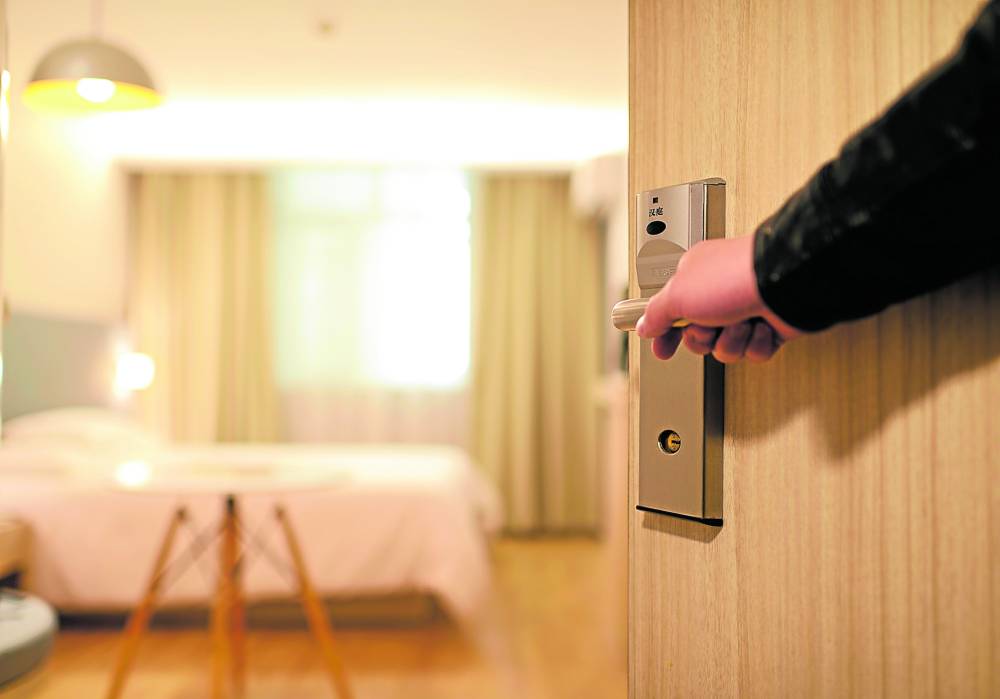
(PIXABAY VIA PEXELS)
Colliers believes that there is a need to build more hotels in the provinces given our projected rise in foreign and domestic tourists The Philippine hotel sector is starting to recover. Face-to-face events are now being held across the Philippines while millennial “staycationers” are willing to spend and travel again.
There’s no denying that the sector severely suffered in 2020 and 2021 due to mobility restrictions. Restaurant and hotel spending in the Philippines was constricted by the pandemic, resulting in some hotels closing either temporarily or permanently. Most events were held via online platforms, affecting the meetings, incentives, conferences, and exhibitions (MICE) segment.
But the good news is that the sector is starting to roar back—a positive development for developers with leisure footprint. As I highlighted in my previous article, the Philippine tourism sector used to sail on uncharted waters. But now, recovery is on the horizon after a disruptive two-year period. Hotel developers, operators, and guests are busy again as they capture low-hanging fruits from a rebounding leisure sector.
Customized offerings
The Department of Tourism has been aggressive in firming up travel promotions with our traditional and non-traditional tourist markets including China, Italy, United Kingdom and Saudi Arabia. Among the deals entered into by the government include the promotion of Philippine dive sites and reinstatement of direct flights.
Colliers encourages hotel operators to monitor these initiatives and customize offerings to entice more guests, especially the long-haul and high-spending ones. The government, meanwhile, should also be active in promoting farm tourism, cruise tourism, Clark and Cebu as a destination for young retirees, and emerging destinations in Visayas and Mindanao.
In Metro Manila, demand for hotel rooms may likely be driven by the Philippines’ traditional markets such as South Korea, United States, and Japan. Demand among three- and four-star hotels should be sustained by the rising popularity of “staycations” and growing domestic travel market. Average occupancies and daily rates of four and five-star hotels are also increasing, indicating the gradual return of business travel.
Improving tourism infra
Colliers Philippines believes that improving the country’s travel and tourism competitiveness will play a crucial role in sustaining hotel occupancy rates and enticing local and foreign businessmen to hike their leisure-related investments in the country.
To do so, the Philippine government needs to immediately address safety and security issues, air transport infrastructure, and business registration processes. The goal is to give hotel investors the impression that the Philippine leisure sector is open for business.
The good news is that the government remains committed in improving the Philippines’ infrastructure backbone with the expansion and modernization of airports from Luzon to Mindanao. Colliers believes that upgrading and expanding the capacity of these facilities is important if the government wants to attract more tourists.
Beyond airports however, there is also a need to develop more road networks, especially in the countryside, to enable tourists to reach their destinations efficiently and safely.
More hotels, MICE facilities
Colliers believes that there is a need to build more hotels in the provinces given our projected rise in foreign and domestic tourists. Among the most viable provincial locations for hotel development are Negros Occidental, Cavite, Bohol, Cebu, Palawan, Bulacan Cagayan de Oro, Davao, Iloilo, and Clark in Pampanga.
Anecdotal evidence has shown that the development of more MICE facilities can help raise occupancies and average daily rates of hotels. Now that in-house events are back, developers should starting assessing the need to build MICE facilities across the country and complement the new hotels that are in the pipeline. In 2023, Colliers expects a record-high delivery of 4,140 rooms in Metro Manila alone.
Bulacan is an interesting case given the scheduled completion of the New Manila International Airport in 2027. It will have four runways and is projected to have an annual capacity of 35 million passengers. In our view, Bulacan and its environs are ripe for more accommodation and MICE facilities .
Opportunities abound
Colliers Philippines remains optimistic that the tourism sector’s recovery will extend beyond 2023.
The segment’s gains should be sustained by sound macroeconomic fundamentals, with remittances a major contributor to domestic tourism’s continued rebound. China’s reopening should enable the Philippines to corner a fraction of the estimated 150 million outbound Chinese tourists annually and this should further prop up the sector. Other opportunities include continued rise in foreign and domestic travelers, construction of more hotels in key and emerging tourist destinations, and the implementation of holiday economics.
Revenge travel is definitely kicking in and everybody wins, from the souvenir retailer to the major hotel developer.